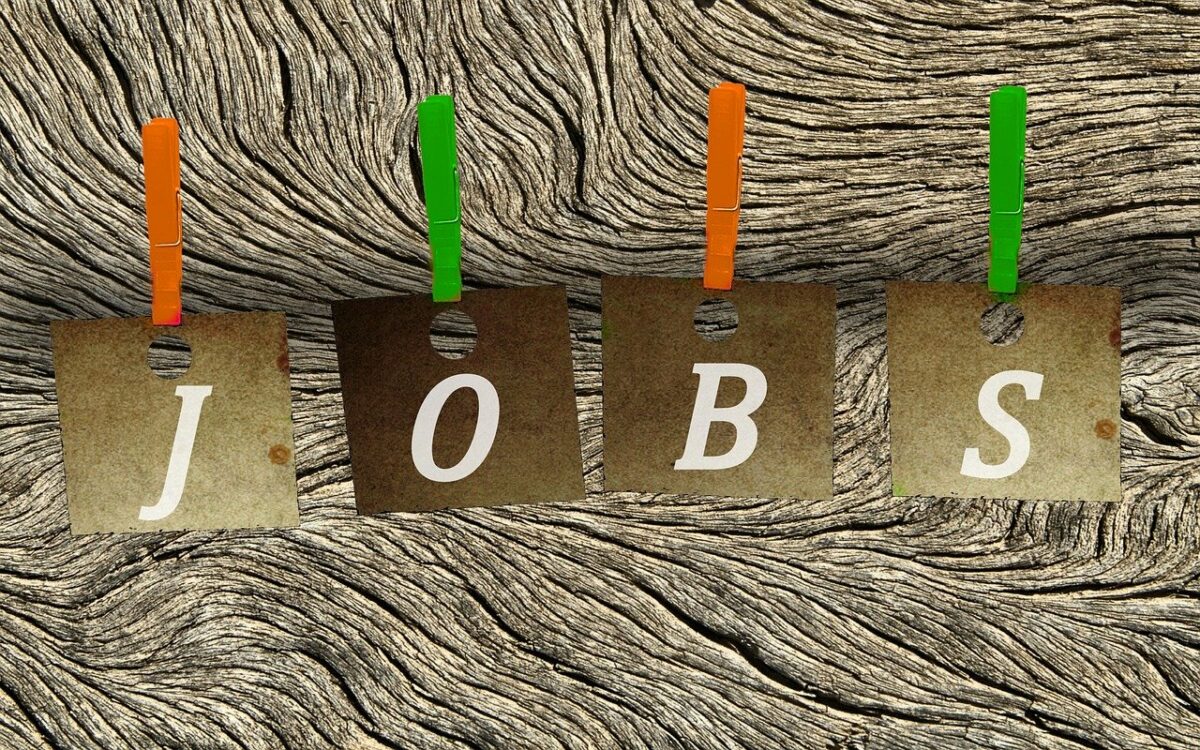Help Writing An Effective Job Advert

When you write a job advert, you should have two main goals; to tell job seekers what you want and create an excellent first impression that will encourage prospective candidates to apply. An effective job advertisement must relay the role’s duties and responsibilities and promote your company’s key selling points.
In this article, we explore what is a job advert, discuss how to write a job advert, and share job advert writing resources, such as our job advert template.
What Is A Job Advert?

A good job advert comprises a description of the vacancy and invites potential candidates to apply. The job advert can be for an existing or new job, and in the case of the latter, you will need to write a job description before writing a job ad.
The recruitment process often starts with an internal job ad, which may result in internal applications or attract candidates via employee referrals. We discuss Introducing An Employee Referral Scheme in this useful article. Job advertising on social media then usually takes place simultaneously with job board advertising.
Detailed job ads that encourage the target candidate to apply and secure an interview typically include the following information:
- The job title/type
- A short company story
- A job description including roles and responsibilities and the reporting hierarchy
- A list of duties, tasks, and skills (required qualifications and work experience)
- Salary range and benefits information
- A description of the application process
- Contact information (email/telephone number)
- Application deadline
How To Write A Job Advert

You can start writing a job advert to attract talented individuals by following these steps:
1. CHOOSE THE CORRECT JOB TITLE
Choosing an accurate job title is crucial to the success of your job advertisement. Job titles should concisely inform your target audience what the role is and should be free from internal jargon. When picking a job title, consider; what words might a potential candidate use in search engines, on job boards, and when setting up job alerts.
2. DESCRIBE YOUR COMPANY
If you want to land your dream candidate, first impressions are vital. You need to promote your company as a highly desirable employer. Company history may be interesting, but today’s top talent ‘really’ wants to know about your company mission, company culture, and if your values align with theirs.
3. WRITE AN EFFECTIVE JOB DESCRIPTION
An effective job advertisement needs a clear job description, defining the role and job responsibilities. Duties and tasks are usually added in bullet points, helping the best talent review them at a glance. Presenting an accurate representation of the job role is crucial to ensure the successful candidate stays with your company and finds reasonable job satisfaction. If you need Help Writing An Effective Job Description, we recommend using one of our sample job descriptions as the core content for your job description.
4. LIST REQUIRED SKILLS AND QUALIFICATIONS
You must include must-have skills and qualifications to attract qualified candidates and not a flood of inappropriate job seekers. Soft skills for the job opening might include excellent communication, organisation, and numeracy. Qualifications and hard technical skills are more specific and set a person specification potential applicants must meet. However, don’t include nice-to-have qualifications as must-haves, or you may create a candidate specification that no one can meet. Job adverts usually show required skills and qualifications in a bullet point list.
5. STATE THE WORKING HOURS AND JOB LOCATION
You should state the working hours and job location in your job ad so that active candidates and passive candidates can determine if the role suits them. The key information to include in job adverts has changed recently, so HR professionals should now indicate if the job is remote or offers flexible working hours.
6. PROVIDE A SALARY BRACKET AND DESCRIBE EMPLOYEE BENEFITS
Recruitment experts have learned that including a salary or salary range in job adverts is highly beneficial. Job application numbers increase, your company indicates the seniority of the job role, and you save time by not interviewing candidates where the remuneration doesn’t fit their commitments or lifestyle. Great benefits that might help attract a top candidate include private healthcare, hybrid working, gym memberships, and offering to pay for additional qualifications.
7. PROVIDE HIRING MANAGERS CONTACT INFORMATION
Providing contact information, such as the company name, hiring manager’s name, email, and telephone number, helps candidates pose questions about job vacancies and complete the application process. You should also provide more detail on your application requirements, such as submitting a cover letter, CV, or completing an application form.
Job Advert Writing Resources

We have already mentioned some of our job advert writing resources for employers. Still, here they are again, with a few additions that give you everything you need to advertise for a new hire and secure the ideal person:
- Job Advert Template
- Job Description Examples
- How To Advertise A Job
- Job Boards UK
- Flat Fee Recruitment Services
Job Ad Writing FAQs
Here we answer your hiring process and writing a job advert questions.
Important factors in creating successful job adverts that will help your company find the right candidates include choosing an accurate job title, promoting company values, including responsibilities and who the successful applicant reports to in your job descriptions, mentioning average salary, and defining nice-to-have and must-have skills and qualifications.
A great job ad alone won’t attract great candidates if it doesn’t reach the target audience. To get your job adverts in front of the right candidate, we suggest posting job adverts and job descriptions on company social media pages and multiple job boards. If your ideal candidate must have specialised or industry knowledge, your advertising approach should also include posting job ads on niche job boards and job sites.



